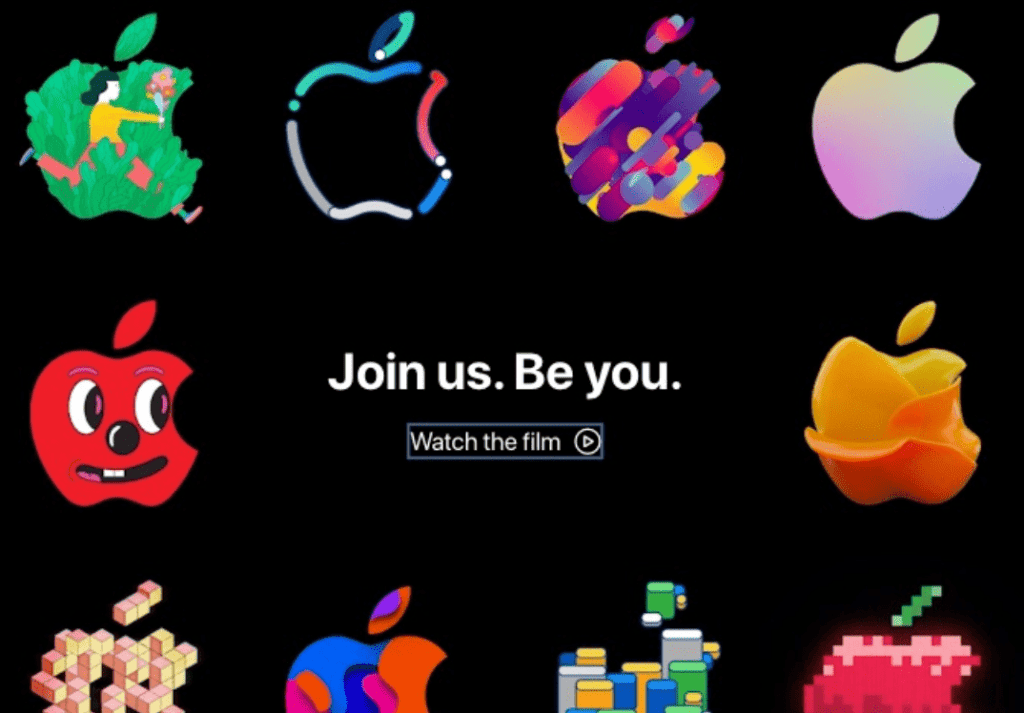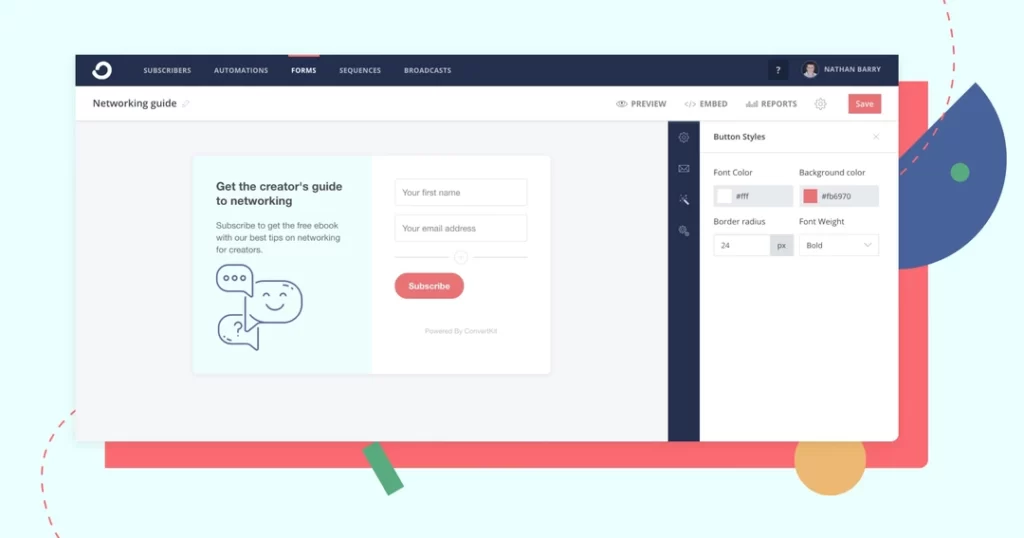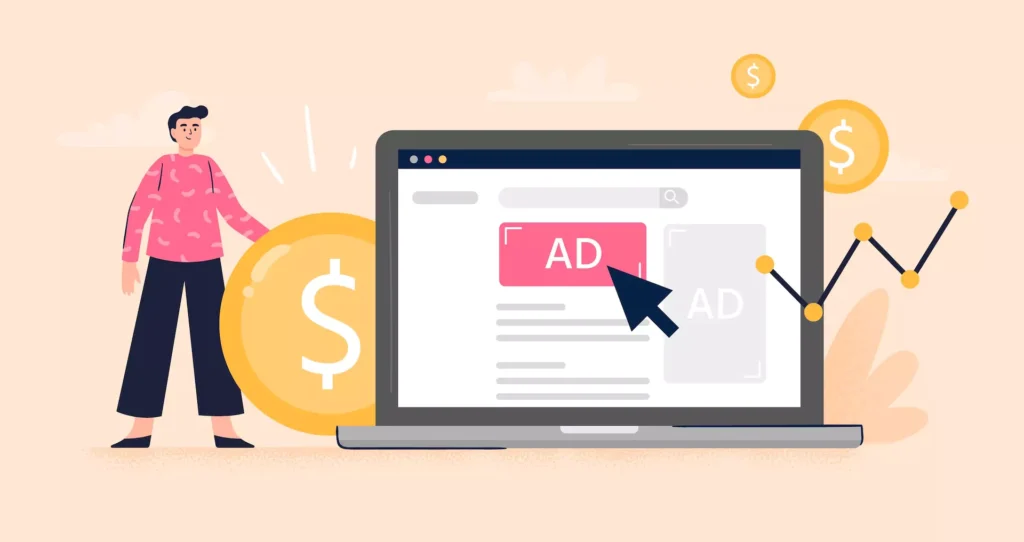Online Business Marketing: Reaching Customers in the Digital Age
The internet has transformed marketing for businesses, large and small. With over 5.3 billion active internet users worldwide, the online marketplace provides unprecedented opportunities for businesses to promote their products and services. However, the digital landscape also comes with its fair share of challenges. This guide will explore key strategies and best practices for marketing an online business in today's highly competitive, always-connected world.
Table of Contents
Crafting an Online Value Proposition

A strong value proposition is essential for any business, but even more so for online companies that may never interact face-to-face with customers. Your value proposition should convey what makes your offering unique and why customers should purchase from you rather than competitors.
Clarifying Your Target Customer
Before writing your value proposition, clearly define your ideal target customer. Specify details like:
- Demographic – age, location, gender, income level, education, interests, etc.
- Pain points are issues they face that your business can solve.
- Goals – what outcomes they desire that your offerings enable.
You can tailor your messaging with a detailed customer profile to showcase how you can improve their lives.
Highlighting Your Differentiators
Research competitors and analyse what makes you stand apart. Be specific and quantitative when possible.
Ways you can differentiate include:
- Better prices
- Higher quality
- Superior selection
- Exclusive or innovative features
- Stronger guarantees
- Better customer service
Weave your differentiators prominently into your value proposition. But avoid generic, unsupported claims – back up statements with evidence.
Crafting Compelling Copy
Your value proposition copy must grab attention quickly. Use:
- Conversational tone
- Benefit-focused messaging – Emphasise what the customer gets over features
- Persuasive language – “unbeatable quality” and “lowest prices” vs. vague terms like “great” or “affordable.”
Keep it short, memorable and centred around what makes you the best choice.
Building an Authoritative Brand Online

Establishing authority and trust is critical for an online business with low brand recognition. Strategies like quality content, testimonials and secure sites can increase perceptions of expertise and reliability.
Publishing High-Value Content
Consistently publishing content that educates or entertains boosts brand awareness and authority. Valuable types of content include:
- Blog posts – Share advice, behind-the-scenes info, etc.
- Videos – Demo products, provide tutorials, create branded content, etc.
- Podcasts – Discuss industry topics, interview experts, etc.
- eBooks / Guides – Explore specific subjects in detail
Choose topics strategically aligned with customer interests and business offerings. Optimise content for SEO with target keywords so you rank highly in search engines.
Collecting Customer Testimonials
Testimonials from satisfied customers provide authentic peer validation. Proactively seek reviews emphasising aspects like:
- Product/service quality
- Customer service
- Overall Value
Feature prominently on your site and in marketing materials. The more detailed and sincere, the better.
Ensuring Site Security
Over 50% of people will abandon an online purchase if the site seems insecure. Invest in essential security measures like:
- SSL Certificates – Encrypt data
- Security badges – Display third-party validation notices
- Privacy policies – Clearly detail data handling processes
Promote these to reinforce your credibility.
Driving Traffic Through SEO

Search Engine Optimisation (SEO) makes your business discoverable to people searching for relevant products or information. Optimising for SEO should be an ongoing focus.
Researching Keywords
Identify keyword terms and phrases customers use around your offerings. Prioritise ones with high search volume and low competition. Helpful research tools include:
- Google Keyword Planner
- SEMrush
- Ahrefs
Choose a primary keyword to optimise each page, with secondary keywords as well.
Creating SEO-Friendly Content
Integrate targeted keywords naturally throughout the content. Key areas to focus on include:
- Page titles – Primary keywords should appear first
- Headings – Incorporate keywords in headings and subheadings
- First paragraph – Include the primary or secondary keyword early on
- Image file names/ALT text – Rename images or describe them with keywords
- URLs – Keep simple and keyword-rich
Follow best practices for readability, sharing, structured data and site speed.
Link Building
Links from external sites boost authority and rankings. Tactics to earn quality links include:
- Contribute guest posts to industry websites with backlinks
- Promote content so others link when sharing
- List your business on relevant directories and review sites
- sponsor events/teams and leverage that for links
Choose sites carefully and seek contextual, editorial links. Avoid low-quality networks and never pay just for links.
Leveraging Social Media

Social platforms like Facebook, Instagram and Twitter enable businesses to engage audiences directly. Used strategically, they can raise awareness, traffic leads and sales.
Choosing Platforms
Evaluate each network and assess if the audience and use case align with your goals. Consider:
- Demographics – Age, location, gender distribution
- Engagement – How often users interact with content/ads
- Capabilities – Organic post reach vs. paid ads, shoppable posts
Identify 1-3 well-suited platforms rather than spreading efforts thinly.
Creating Shareable Content
Post content optimised for platform constraints and audience preferences. Useful types include:
- Infographics – Visual overviews of data/tips
- Polls – Interactive formats driving engagement
- Videos – Demo products, share company culture, etc.
- User-generated – Photos/videos from customers
Leverage trends, holidays, events and user interests for inspiration.
Engaging Followers
Build community by actively listening and responding to comments, questions and feedback. Share user photos/testimonials. Curate relevant industry news.
Utilise paid tools for saved searches, listening and analytics to better understand followers. Use insights to refine content and engagement.
Email Marketing: Building Subscriber Lists

Email enables inexpensive, effective communication with current and potential customers. Focus on growing your list with permission-based methods.
Offering Sign-Up Incentives
Encourage sign-ups by offering exclusive discounts, early access to sales or gated premium content in exchange for their email address. Make forms visible throughout your site.
Driving Referrals
Many online businesses generate 25% or more of their subscriber leads through referrals. Some ways to promote sharing:
- Email call-to-actions – Send friends special offer links
- Social posts – Requests to tag friends for giveaways
- Checkout confirmation pages – One-click sharing integrated
Utilise unique links and callouts to track which channel converts the most signups.
Leveraging Pop-ups
Exit-intent and scroll-triggered popups display sign-up forms when visitors seem ready to leave. Keep the copy short and lead with the incentive. While some dislike pop-ups, businesses often see 5-15% conversion rates from them. Use sparingly and ensure mobile responsiveness.
Optimising Paid Advertising Campaigns

While organic reach has declined on most social platforms, paid advertising enables precise targeting to relevant audiences. Maximise ROI through ongoing optimisation.
A/B Testing Ad Creative
Run A/B split tests varying elements like images, captions, calls-to-action and formats. This can significantly impact cost-per-click, engagement rates and conversions.
Monitoring and Refining Targeting
Assess audience data to identify your highest converting demographics and interests. Expand reach to similar users. Remove targets seeing low response rates to improve cost efficiency.
Automating Campaign Management
Leverage built-in automation tools available on most advertising platforms. Useful tactics include:
- Budget pacing to smooth daily fluctuations
- Smart bidding to hit conversion goals
- Rules to stop low-performing ads
Set up dashboards to quickly spot opportunities and identify top-performing creatives.
Retargeting Recent Site Visitors
People rarely convert on the first visit. Retargeting ads follow them around the web, reminding them to come back. Retargeting converts 10-40% of site visitors and is highly cost-efficient.
Driving Repeat Business Through Loyalty Programs

Focusing on existing customers is crucial because online marketplaces are vast and competitive. Their lifetime value can far surpass acquisition costs for new customers.
Offering Points or Cash Back
Loyalty programs that award points or cash back that customers can redeem for future purchases deliver excellent retention. Make points attainable through account sign-ups, referrals, reviews, etc.
Popular programs include:
- American Express – Membership Rewards points
- Starbucks Rewards – Earn free food/drinks
- Amazon Prime – 5% cash back on purchases
Just ensure redeemable rewards align with profit margins.
Providing Exclusive Discounts
Offer special subscriber-only promo codes and early access to sales. This makes customers feel valued as “VIPs”. 10-25% discount motivates purchases from loyal users versus one-time shoppers.
Enabling Easy Reorders
If you sell products that get replenished, make reordering extremely simple. Tactics like one-click reorders, subscription recurring delivery and bundled pricing motivate habit-forming repurchases.
Invest in seamless commerce experiences and perks tailored to your best customers who will order repeatedly.
Conclusion
Online business marketing can be challenging but rewarding when done effectively. By clearly conveying your value proposition, building authority and trust, optimising discoverability through SEO, engaging social media followers, capturing emails, driving website traffic and sales through advertising, and focusing retention efforts on existing customers, any ecommerce merchant can grow a profitable long-term business.
Market conditions will continue shifting, but companies that adapt and provide genuine customer value can thrive for many years ahead in the digital marketplace.
Frequently Asked Questions
What are the most important KPIs to track for online business marketing campaigns?
Key performance indicators to monitor closely include website traffic volume and sources, branded search volume, social media followers and engagement, email clickthrough and conversion rates, cost per lead/sale from advertising channels and customer lifetime value or churn rate. Study these metrics to identify the most profitable channels to invest in.
What tools are most important for an online business marketer?
Essential marketer tools include email service providers like MailChimp, social media management platforms like Hootsuite, user analytics like Google Analytics, keyword research tools like Ahrefs, paid advertising interfaces through the major networks, and email, chat and help desk systems to manage customer communication.
How much should an ecommerce site invest in paid advertising?
There isn’t one figure. Appropriate budgets vary widely by factors like profit margins, average order value economics and stage of growth. Startups should focus more on cost-efficient channels like SEO and organic social until they see consistent conversions and healthy ROAS from initial paid tests. More established companies with discretionary budgets can aggressively scale advertising.
How often should an online business post on social media?
Posting 1-3 times per day is optimal for most e-commerce companies to stay on the top of their minds while avoiding excessive saturation. However, hone in on when your audience is most active rather than stick to a rigid schedule. Maintain engagement by responding to questions and comments as a priority, too.
What's most important for providing excellent customer service/support?
Start with correctly setting expectations, then strive to over-deliver. Be transparent about policies, shipping times and returns. Offer multiple contact methods like email, phone, chat and social channels. Respond quickly, emphasise solutions over procedures and empower representatives to make the customer happy through refunds or replacements when reasonable.
